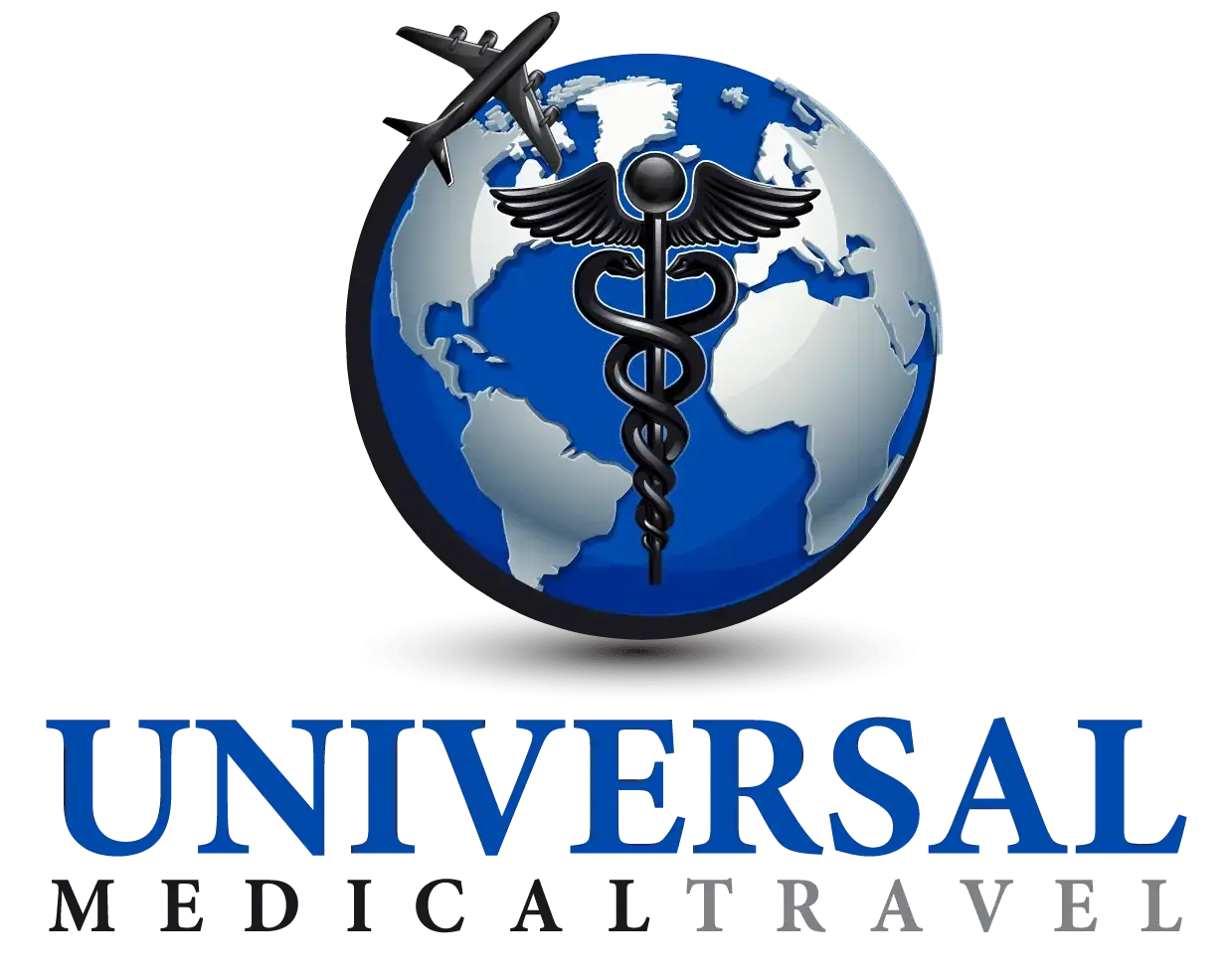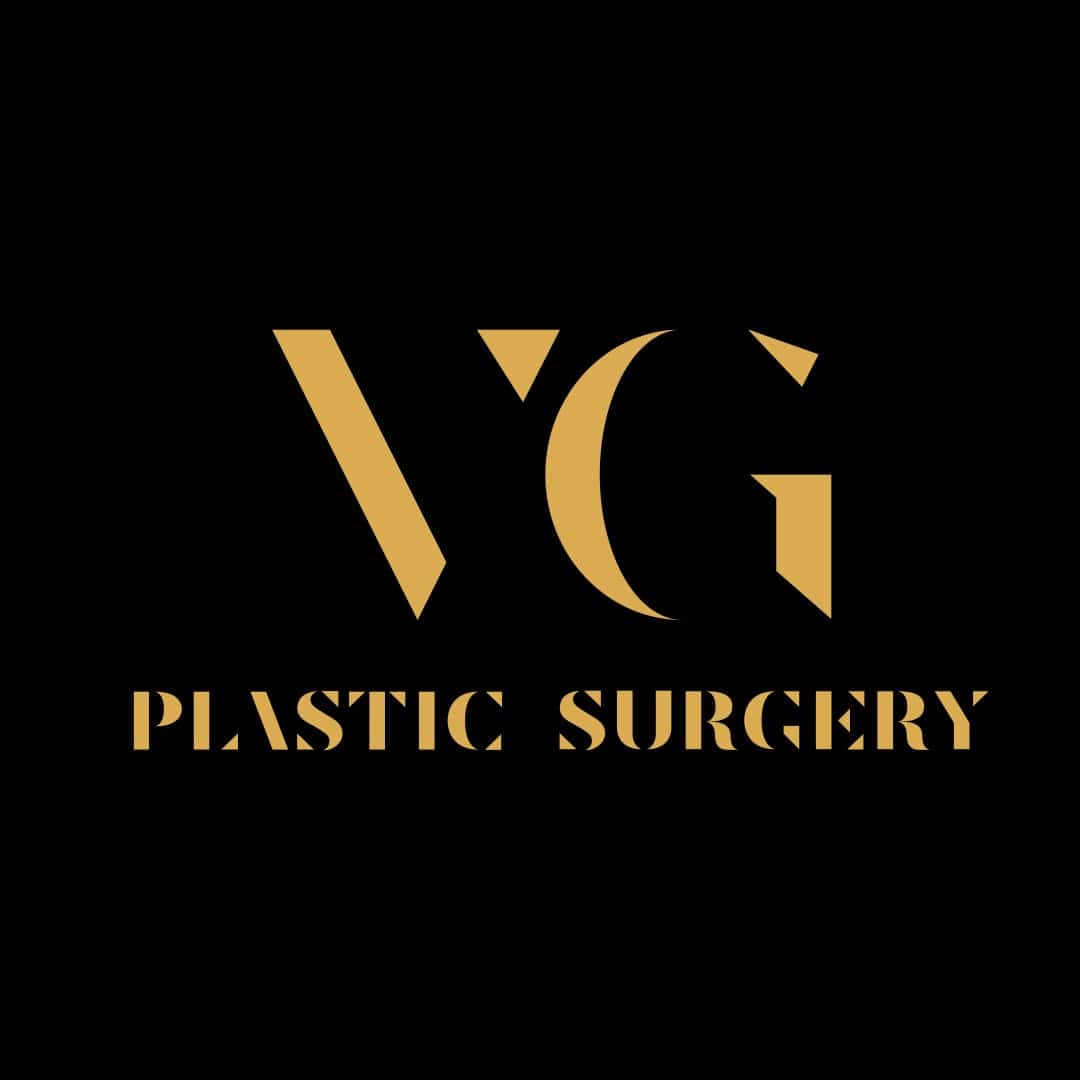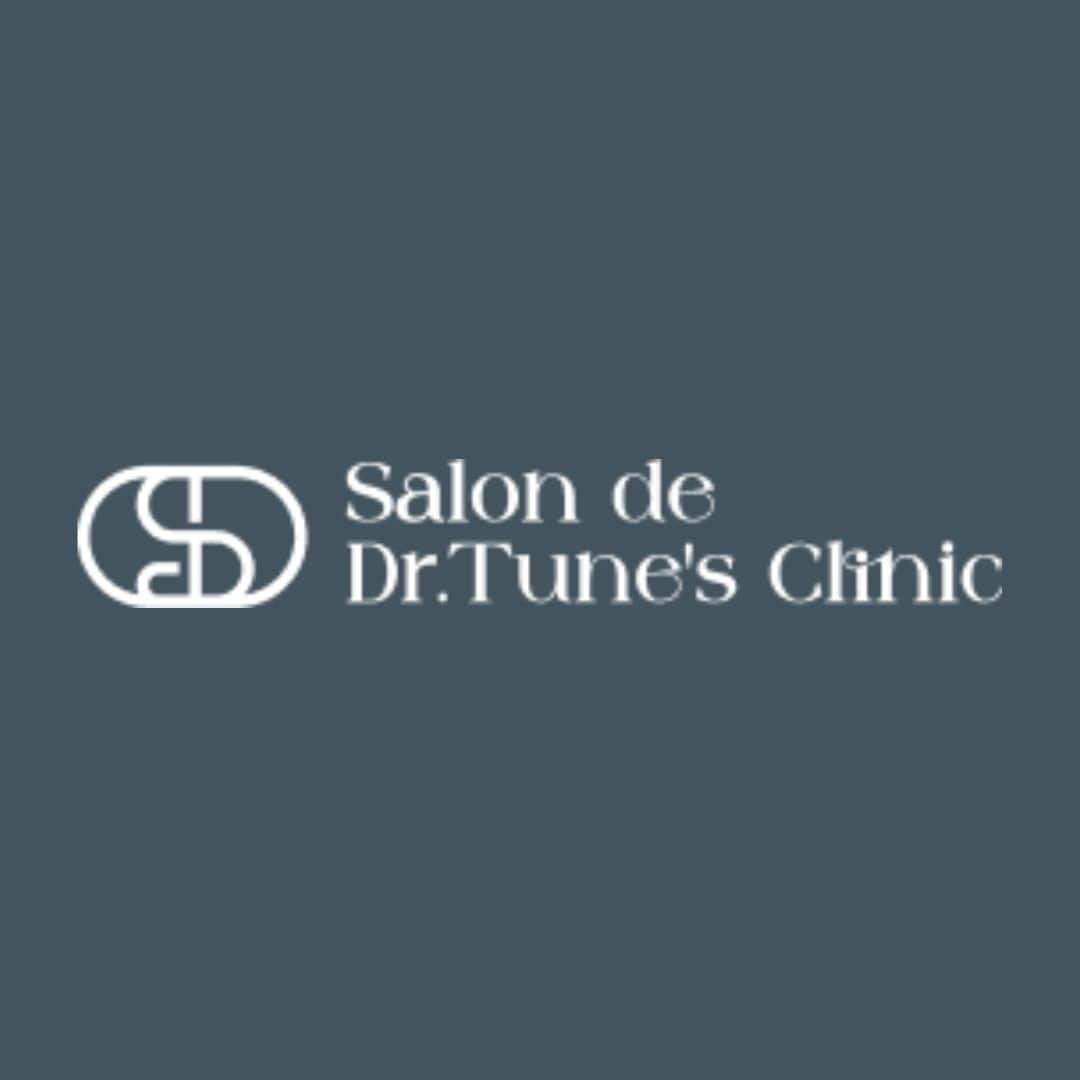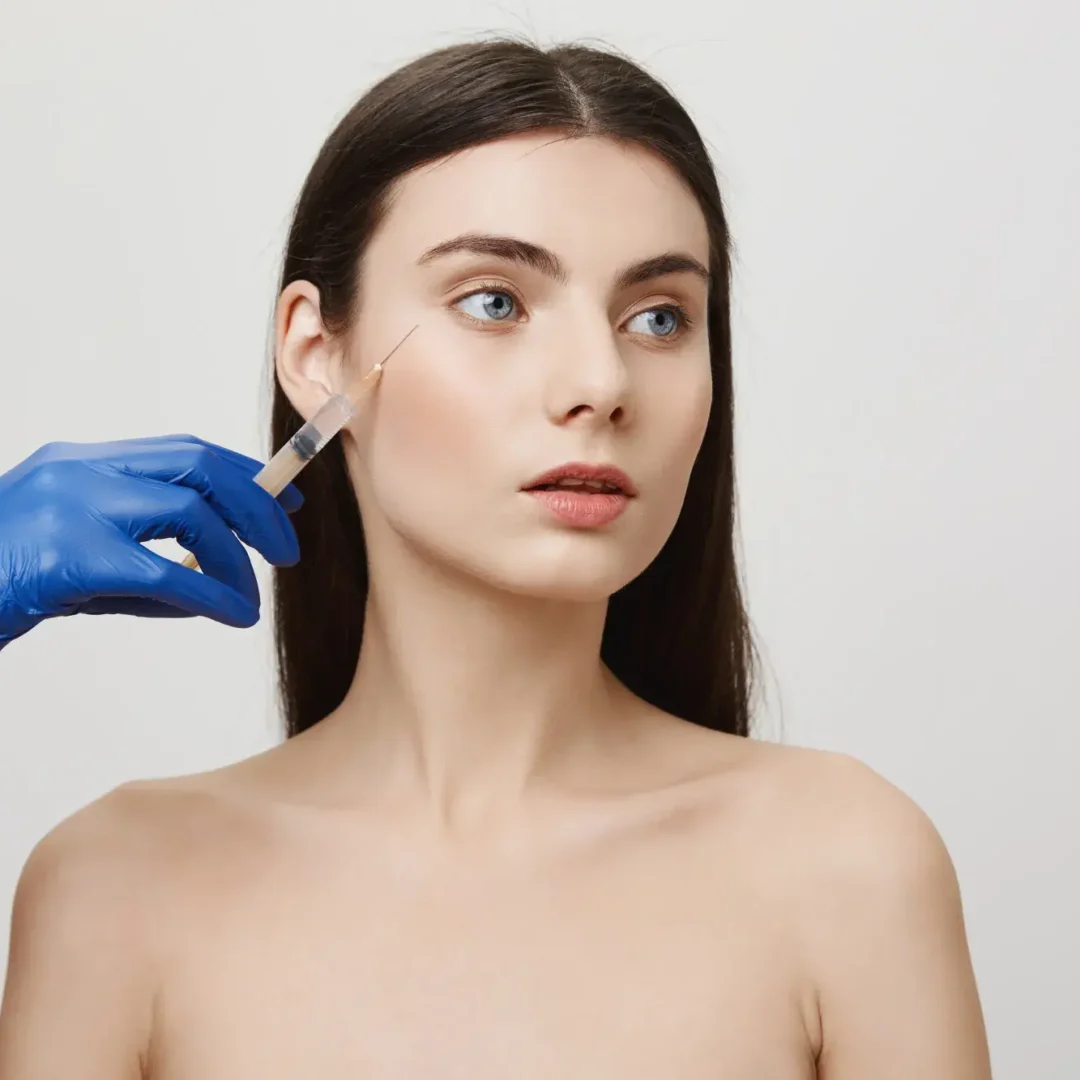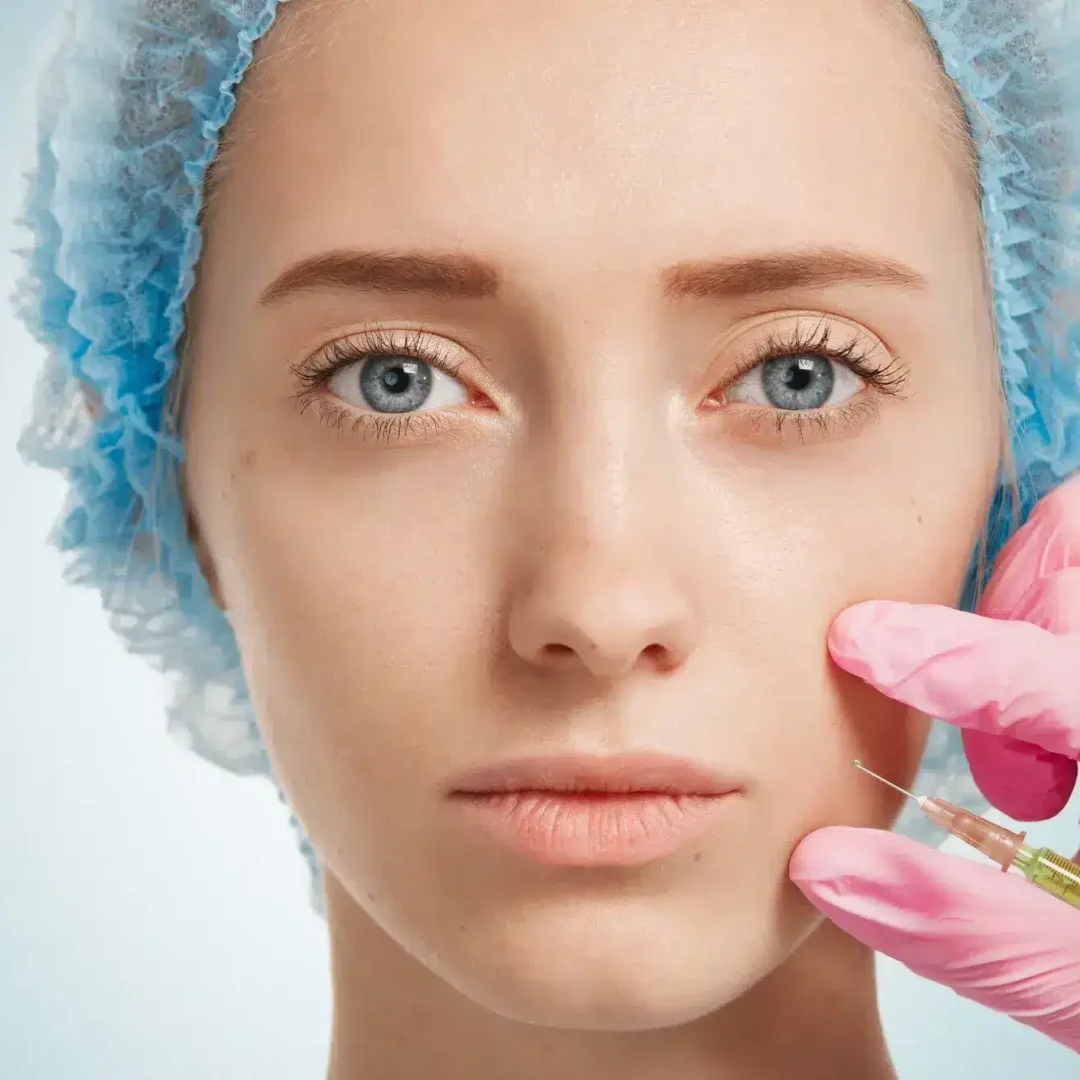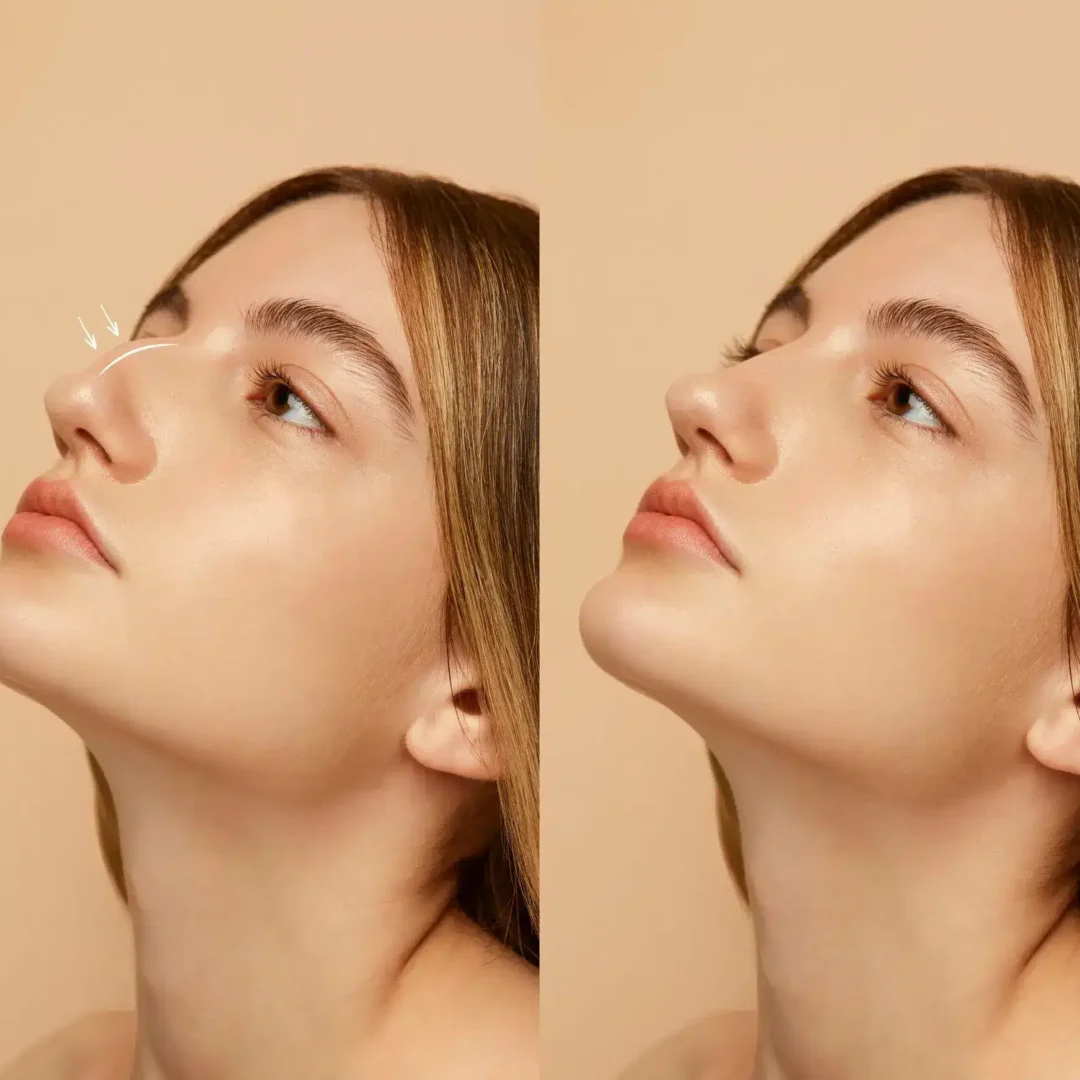Thinking about getting rhinoplasty in South Korea? It’s a big decision, and it’s crucial to know exactly what you’re signing up for. South Korea is a leading destination for rhinoplasty, but don’t get lost in the hype. This is more than just a simple touch-up—it’s a serious surgical procedure that demands careful thought, planning, and yes, a decent budget. Those glossy before-and-after photos may look tempting, but remember, there’s a lot more to the story. The rhinoplasty scene in South Korea is top-notch, but it’s also complex and can be costly.
Here at Universal Medical Travel, we’re here to give you the lowdown on rhinoplasty in South Korea. We’ll break down the costs, not just for the surgery but for all the extras you need to think about. We’ll also cover the different types of procedures available, the cultural and ethical issues you might encounter, and the practical stuff like visas and post-op care. If you’re serious about getting your nose done in South Korea, this is what you need to know—straightforward, no frills.
Rhinoplasty in South Korea Prices with Clinics
Cost of Rhinoplasty in South Korea
The cost of rhinoplasty(nose job) in South Korea typically ranges from $2,000 to $7,500 depending on factors like the complexity of the procedure, the surgeon’s experience, and the clinic’s reputation. Here’s a breakdown:
- Non-surgical Rhinoplasty (Fillers): $500 – $1,500
- Basic Surgical Rhinoplasty: $2,000 – $4,000
- Complex/Revision Rhinoplasty: $5,000 – $7,500
Top clinics in Korea often provide comprehensive packages that include consultation, surgery, aftercare, and accommodation for international patients. South Korea’s advanced medical technology and highly experienced surgeons make it a popular destination for rhinoplasty.
Here’s a simple table format for the types of rhinoplasty and their associated costs in South Korea:
| Type of Rhinoplasty | Cost Range (USD) |
|---|---|
| Closed Rhinoplasty | $3,000 – $7,000 |
| Open Rhinoplasty | $5,000 – $12,000 |
| Revision Rhinoplasty | $8,000 – $15,000 |
| Ethnic Rhinoplasty | $4,000 – $10,000 |
| Nasal Tip Plasty | $3,000 – $6,000 |
| Septorhinoplasty | $5,000 – $13,000 |
| Alar Base Reduction | $2,000 – $5,000 |
This table provides a clear overview of the different types of rhinoplasty procedures available in South Korea along with their estimated cost ranges.
- Basic Rhinoplasty: If you’re after something simple, like refining the nasal tip or smoothing out a minor bump, expect to pay around $3,000 to $6,000 USD. It’s not a massive procedure, but it’s still surgery, so don’t expect bargain prices.
- Advanced Rhinoplasty: This is where things get more involved. If you’re looking at significant changes—like reshaping the nasal bones, correcting a deviated septum, or completely altering the shape of your nose—you’re looking at $6,000 to $10,000 USD. These procedures often involve structural changes, so you’re paying for a higher level of skill.
- Revision Rhinoplasty: If you’ve had rhinoplasty before and aren’t happy with the results, fixing it won’t come cheap. Revision rhinoplasty is complex, and prices reflect that, typically ranging from $7,000 to $15,000 USD, depending on the extent of the work needed.
- Ethnic Rhinoplasty: South Korea is renowned for its expertise in ethnic rhinoplasty, which focuses on enhancing natural features rather than drastically changing them. This is especially common among Asian patients looking to augment the nasal bridge or refine the nose tip. Costs range from $4,000 to $9,000 USD.
- Functional Rhinoplasty: This isn’t just about aesthetics. Functional rhinoplasty addresses medical issues like breathing problems caused by a deviated septum or other nasal structure issues. Expect to pay between $5,000 and $12,000 USD, with some costs potentially covered by insurance.
Factors Influencing the Cost of Rhinoplasty in South Korea
The price tag for rhinoplasty in South Korea isn’t just about the surgery itself. Several factors can influence the overall cost, so it’s important to consider them to avoid any unexpected expenses.
- Surgeon’s Expertise: Top surgeons in South Korea are in high demand for a reason—they’ve earned their reputations through years of experience and successful outcomes. With expertise comes a higher price, so you’re paying not just for their time but for their skill and proven track record.
- Clinic Location: Clinics in premium locations like Seoul’s Gangnam district tend to charge more. The higher costs reflect not just the rent but the level of service and comfort offered, which attracts more international patients.
- Surgical Facility: The facility where your surgery takes place matters. High-end clinics with state-of-the-art equipment and luxurious amenities will charge more, but you’re also getting higher quality care. Cutting corners here might save you money initially, but it’s a risk that needs careful consideration.
- Type of Anesthesia: The cost difference between local anesthesia with sedation and general anesthesia is significant. General anesthesia requires an anesthesiologist and is generally more expensive, but it’s more comfortable for longer or more complex procedures.
- Additional Services: Pre-surgical consultations, 3D imaging, and follow-up appointments can all add to the cost. Some clinics include these in their package, while others don’t. It’s important to clarify what’s included upfront to avoid unexpected bills.
Best Clinics for Rhinoplasty
Additional Costs to Consider
Rhinoplasty isn’t just about the surgery itself—there are plenty of other expenses that can quickly add up. Here’s what you need to budget for:
- Consultation Fees: Not all clinics offer free consultations. If there’s a fee, expect to pay between $50 and $150 USD. While it’s usually a one-time fee, consulting with multiple surgeons can add up.
- Pre-Surgical Tests: Before surgery, you’ll need to undergo tests like blood work and imaging studies to ensure you’re fit for the procedure. These tests typically cost between $100 and $300 USD.
- Post-Surgery Medications: Painkillers, antibiotics, and anti-inflammatory drugs aren’t free. Budget around $50 to $200 USD for these post-op essentials.
- Accommodation: If you’re coming from abroad, you’ll need a place to stay. Accommodation costs can range from $50 to $200 USD per night, depending on your preferences and the length of your stay. Some clinics offer packages that include hotel stays, but be sure you know what’s covered.
- Transportation: Don’t forget about getting around. Whether it’s airport transfers, taxis, or public transportation, you should plan for an extra $100 to $300 USD for transportation costs.
- Post-Surgical Care: Additional care, like lymphatic drainage massages, can help with recovery but aren’t typically included in the surgery cost. Expect to pay $50 to $150 USD per session.
- Interpreter Services: If you’re not fluent in Korean, you may need to hire an interpreter. Costs can range from $30 to $100 USD per hour, depending on the service.
- Follow-Up Visits: Follow-up care is crucial for a smooth recovery. If you return home before you’re fully healed, you’ll need to consider the cost of follow-up care either back in Korea or at home.
- Emergency Fund: Surgery is unpredictable, so it’s wise to set aside an emergency fund of at least $1,000 USD to cover any unexpected expenses.
- Medical Insurance: Cosmetic procedures usually aren’t covered by insurance, but if your rhinoplasty is for functional reasons, part of the cost might be covered. Make sure you understand what your insurance will and won’t cover before you proceed.
Reasons to Choose Rhinoplasty in South Korea
Why go to South Korea for rhinoplasty despite the costs and complexities? It’s not just about the price or reputation—there are real advantages to having your procedure done there.
- Expertise and Experience: South Korea boasts some of the most skilled plastic surgeons in the world. With years of experience and thousands of successful surgeries, South Korean surgeons are hard to beat when it comes to expertise. But remember, not all surgeons are equal, so do your research.
- Cutting-Edge Techniques: South Korea is at the forefront of cosmetic surgery innovation. From advanced 3D imaging to the latest surgical techniques, South Korean clinics often lead the way. However, cutting-edge technology can come with a hefty price tag, so weigh the benefits against the costs.
- Cultural Sensitivity: South Korean surgeons are well-versed in ethnic rhinoplasty, making them experts in enhancing your natural features while respecting your cultural identity. This sensitivity is a major reason why patients from around the world choose South Korea for rhinoplasty.
- Comprehensive Care: Many South Korean clinics offer all-inclusive packages that cover everything from your initial consultation to post-op care. This can be a huge relief for international patients, but be sure to know exactly what’s included in the package.
- High Success Rates: The combination of expert surgeons, advanced technology, and meticulous care results in high success rates for rhinoplasty in South Korea. Patients often leave with results that exceed their expectations, but it’s important to remember that no surgery is without risks.
Cultural and Ethical Considerations in South Korea for Rhinoplasty
While South Korea is a global leader in cosmetic surgery, it’s not without its cultural and ethical challenges. Here are some things to keep in mind:
- Beauty Standards: South Korea has some of the most demanding beauty standards in the world. The pressure to conform to these ideals is intense, and it’s something to consider carefully. Make sure your decision is based on your desires, not societal expectations.
- Surgeon-Patient Communication: Language barriers can be a serious issue. Even if your surgeon speaks English, cultural misunderstandings can still occur. It’s essential to ensure that you and your surgeon are on the same page regarding your goals, expectations, and potential risks.
- Ethical Concerns: South Korea’s cosmetic surgery industry is competitive, and not all clinics have the same commitment to patient care. Be vigilant in choosing a reputable clinic that prioritizes your safety over profits.
- Post-Surgery Stigma: Despite the popularity of plastic surgery in South Korea, there can still be a stigma associated with it. If you plan to stay in South Korea after your surgery, be prepared for this.
- Informed Consent: Make sure you fully understand the procedure, risks, and potential outcomes before signing any consent forms. Take your time, ask questions, and seek second opinions if needed.
Visa Information for Traveling to South Korea for Rhinoplasty
Planning to get rhinoplasty in South Korea? Sorting out your visa is a key part of the process.
- Short-Term Visa (C-3): Most international patients opt for a short-term visa, which allows you to stay in South Korea for up to 90 days. This should be sufficient for your surgery, recovery, and any follow-up appointments.
- Medical Tourism Visa (G-1): If your surgery requires a longer stay, consider a medical tourism visa. This visa is specifically designed for patients traveling to South Korea for medical treatments, including plastic surgery. It allows for an extended stay and may offer additional benefits like easier access to healthcare services.
- Visa Application Process: Applying for a visa can be time-consuming, so start early. You’ll need to submit documents like your passport, proof of surgery appointment, financial statements, and possibly a letter from your surgeon. Processing times can vary, so plan accordingly.
- Visa Extensions: If your recovery takes longer than expected, you can apply for a visa extension. However, this process can be complicated and isn’t guaranteed, so it’s best to plan for the longest possible recovery time when choosing your initial visa.
- Travel Insurance: Make sure your travel insurance covers medical procedures abroad, including any potential complications. Some policies may also cover the cost of rescheduling flights or extending your stay if necessary.
Post-Operative Care and Recovery in South Korea
Recovery is a crucial part of your rhinoplasty journey, and South Korea offers excellent post-operative care. Here’s what to expect:
- Initial Recovery: Most patients spend the first few days post-surgery in a recovery facility or hotel, where they can rest and receive professional care. Swelling and bruising are common, so plan to stay in South Korea for at least two weeks after your surgery to allow for initial recovery.
- Follow-Up Appointments: Follow-up appointments are essential to monitor your healing and remove stitches or splints. These are typically included in your surgery package, but make sure you know how many visits are covered.
- Extended Care: Some patients require extended care, especially if complications arise. Many clinics offer packages that include additional follow-up visits or treatments, such as lymphatic drainage massages, to aid recovery.
- Support Network: If possible, bring a friend or family member to support you during your recovery. Having someone to help with daily tasks and provide emotional support can make a big difference.
- Returning Home: Before returning home, make sure you’re fit to travel. Your surgeon will provide guidelines on how to care for your nose during the flight, including tips for managing swelling and ensuring comfort.
Frequently Asked Questions (FAQs) about Rhinoplasty in South Korea
Q: How long does the rhinoplasty procedure take?
A: The surgery usually lasts between 1 to 3 hours, depending on the complexity of the procedure.
Q: When can I expect to see the final results?
A: It can take up to a year to see the final results as the swelling gradually subsides. However, you’ll start to see noticeable changes within the first few months.
Q: Is rhinoplasty in South Korea safe?
A: Yes, rhinoplasty in South Korea is generally safe, provided you choose a reputable clinic and experienced surgeon. South Korea has strict regulations and high standards for medical procedures.
Q: Will I need a revision surgery?
A: While most patients are satisfied with their results, revision surgeries are sometimes necessary, especially for complex cases. Discuss the likelihood of revision with your surgeon before undergoing the procedure.
Q: How do I choose the right surgeon?
A: Look for a board-certified surgeon with extensive experience in rhinoplasty. Review their before-and-after photos, read patient testimonials, and consider getting a second opinion if you’re unsure.
Conclusion
Rhinoplasty in South Korea offers an excellent opportunity to achieve your desired aesthetic with the help of world-class surgeons and state-of-the-art techniques. However, it’s essential to understand the costs, including hidden fees, and to carefully plan your surgery to ensure a smooth experience from start to finish. By considering all aspects—financial, cultural, ethical, and practical—you can make an informed decision and achieve the best possible outcome.
Your Health Journey Starts Here – Connect with Our Consultants Today!
Please complete and submit a Patient Information Form to authorize our agency to forward your protected health information to the healthcare provider of your choice.Get 5% off your treatment by using discount code UMT5%.
Patient Information Form